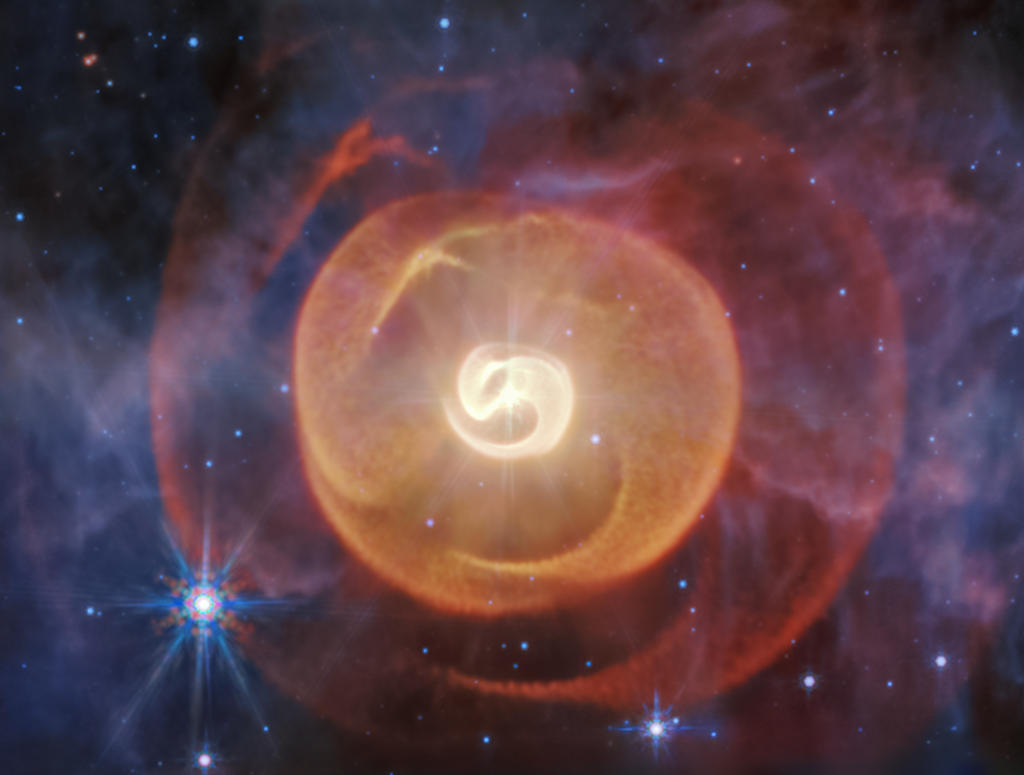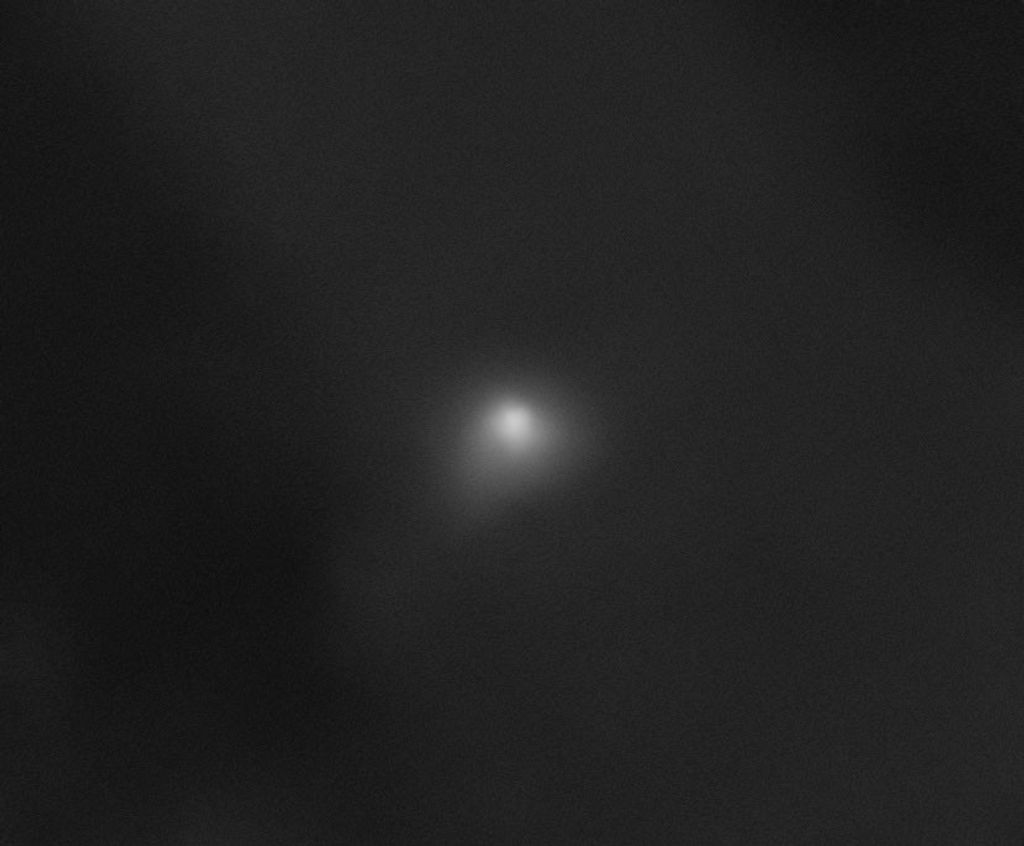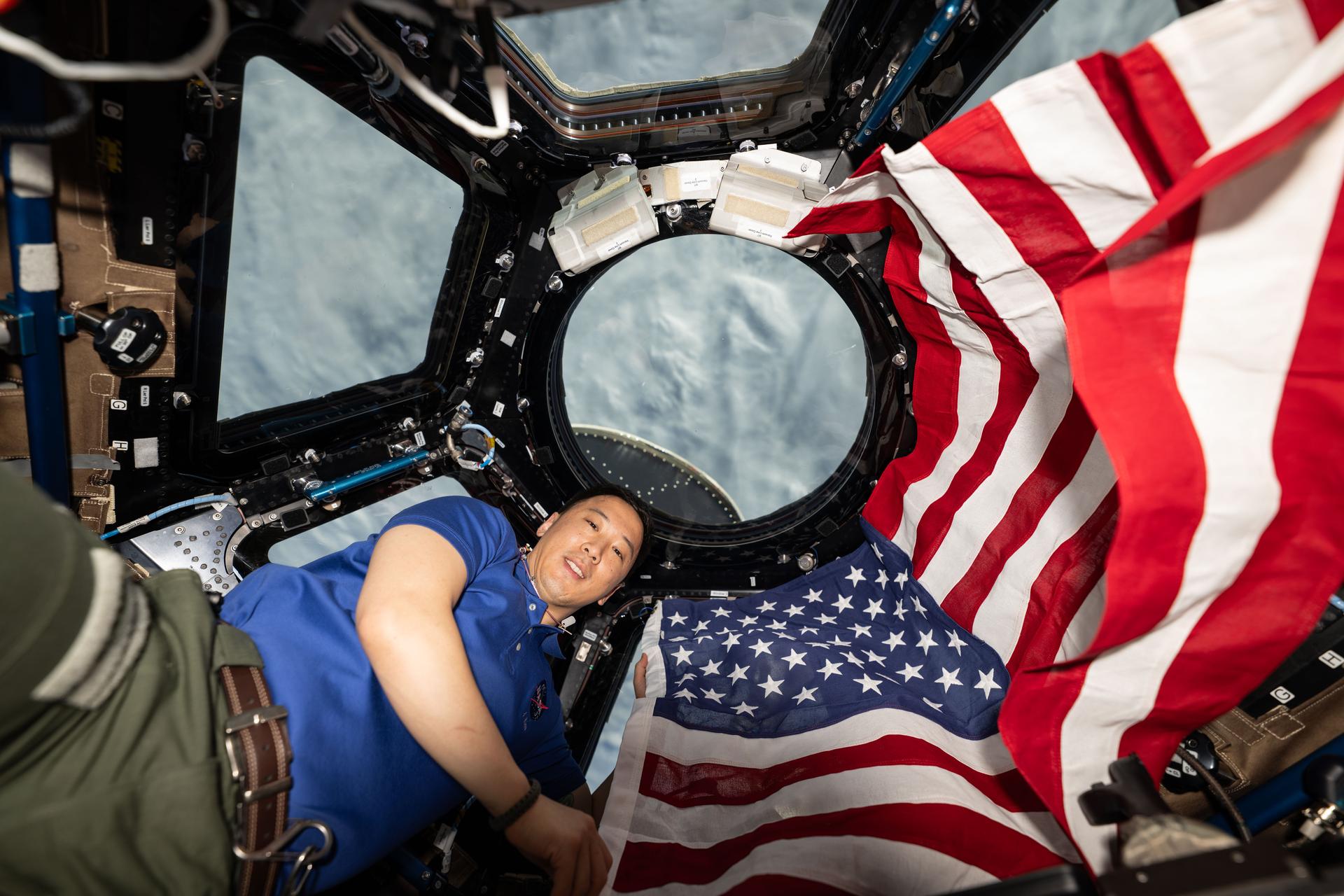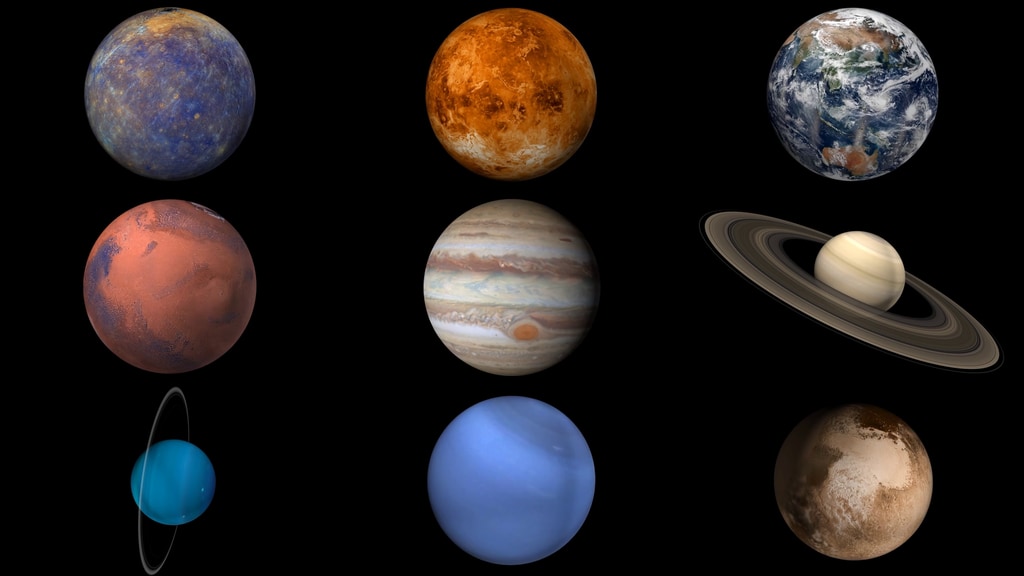What was the Galileo probe and what did it do at Jupiter?
The Galileo Probe became the first atmospheric probe to examine a gas giant on Dec. 7, 1995. The key events which occurred were (all times are the time of the event at the spacecraft given in Eastern Standard Time):
| Time (EST) | Event |
|---|---|
| 11:04 a.m. | Coast timer initiates probe operation |
| 12:46 p.m. | Orbiter flyby of Io (~1000 km) (No imaging or spectral data collected) |
| 2:04 p.m. | Energetic Particles Investigation (EPI) begins measuring trapped radiation in a region previously unexplored. |
| 4:54 p.m. | Galileo Orbiter reaches closest point to Jupiter |
| 5:04 p.m. | Probe entry and data relay |
| 5:05:52 p.m. | Pilot parachute deployed |
| 5:05:54 p.m. | Main Parachute deployed |
| 5:06:02 p.m. | Deceleration module jettisoned |
| 5:06:06 p.m. | Direct scientific measurements begin |
| 5:06:15 p.m. | Radio transmission to orbiter begins |
| ~5:08 p.m. | Visible cloud tops of Jupiter reached |
| 5:12 p.m. | Atmospheric pressure the same as Earth's sea-level pressure |
| 5:17 p.m. | Second major cloud deck is encountered (uncertain) |
| 5:28 p.m. | Water clouds entered (uncertain) |
| 5:34 p.m. | Atmospheric temperature equal to room temperature on Earth |
| 5:46 p.m. | Probe enters twilight |
| 6:04 p.m. | End of baseline mission. Probe may cease to operate due to lack of battery power, attenuation of signal due to atmosphere, or being crushed. |
| 6:19 p.m. | Orbiter ceases to receive probe data (if still transmitting) |
| 7:27 p.m. | Ignition of Galileo main engine (49 minute duration) to insert into Jovian orbit |
It is estimated that by 3:00 a.m. (EST) on 8 December 1995, the probe had been completely vaporized by the heat in Jupiter's atmosphere.



































